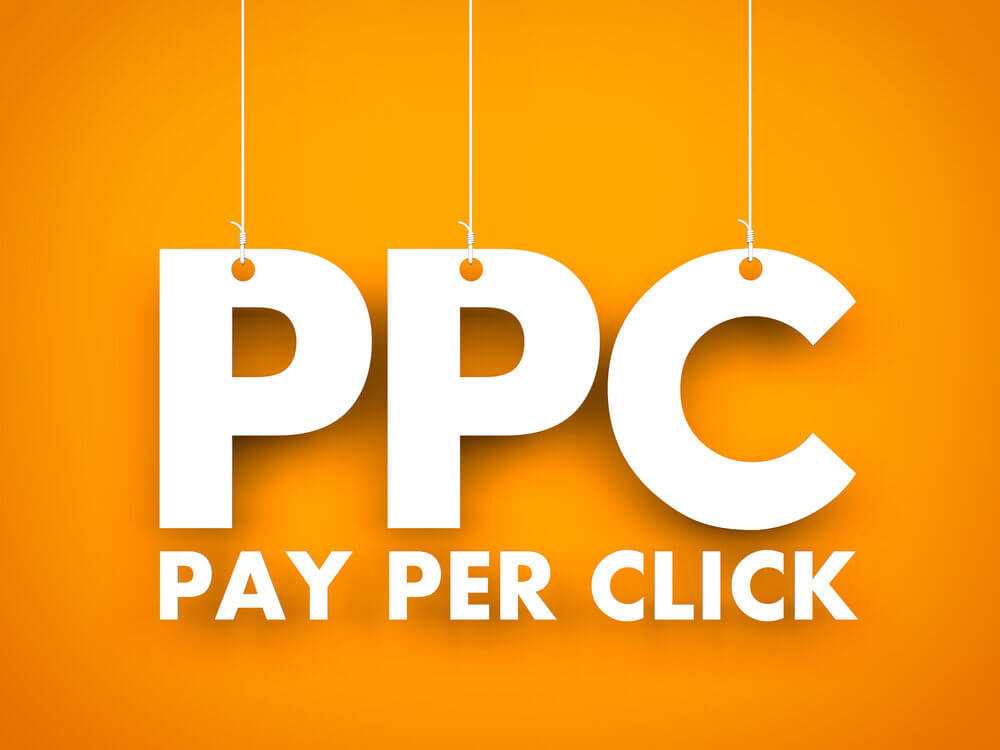
A10 Amazon Algorithm is an update to A9, an algorithm for search engine promotion on the retail platform. Its main purpose is to help consumers find products. Just like Google, the marketplace algorithm ranks companies and products, offering the most relevant to customers.
A10 Amazon Algorithm is an update to A9, an algorithm for search engine promotion on the retail platform. Its main purpose is to help consumers find products. Just like Google, the marketplace algorithm ranks companies and products, offering the most relevant to customers.
The main reason for the update is the desire of Amazon developers to remove from the site businesses that use black hat techniques for promotion. For example, fake reviews, voucher fraud, fake accounts – the new algorithm is designed to help combat them.
The updated algorithm now pays more attention to consumer behavior, compared to the A9. Briefly, if customers buy and use your product more often, you are in the top positions. The relevance of descriptions and pricing and even presence is no longer so important. And what is essential? Let’s work it out together.
Get the most from our Amazon Integration
Check the full list of features provided by Amazon Integration including Product management, Order sync, Analytics more.
A10: A9 as the basis
In fact, the two Amazon ranking algorithms are not very different. In fact, A10 is A9, with slight changes in the weights of the ranking parameters.
The main differences:
- The importance of behavioral factors such as high selling graphs and getting maximum positive responses increases.
- The influence of product relevance increases.
- Decreases the value of paid sponsorship through PPC campaign.
In everything else, the Amazon updates continue to operate on the same scheme as the A9. Three factors come to the fore; with them, we start to analyze the ranking criteria.
#1 Conversion Rates
To get the largest possible conversion, you need to optimize the product by various parameters. Amazon determines the rating by a minimum of 7 indicators. We will give them together with hints on where and how to search:
- Sales rank. Look for it on the “Product Detail” page for the item or “Edit Details” for your listing. Or, go to Brand Analytics under the Reports dropdown. Note that only brand owners can use this feature.
- Quality of a composite index. Reviews should not be typo-positive, posted in a short time, with similar photos or negative comparisons of competitors, etc.
- Answered questions to satisfy the client. Click “See all questions & answers” on a product page and choose questions you can answer. The more questions you find out, the better!
- Product image quality. Check your photos according to Amazon’s instructions.
- Competitive price. It can be found with a comparison of competitor’s prices. Look for tips in the Practical Checklist below in the article.
- Completeness of product description listing – we’ll consider it in the section below.
- Bounce rate. Check it on how to improve product bounce rate.
#2 Keywords and relevancy or Completeness of product description listing
In order to achieve greater relevance, you need to wisely use textual descriptions of products. You need to include relevant keywords up to 200 on the list. Make sure you include the right brand, product line, type, size, etc. Check your listings according to Amazon a10 algorithm’s instructions.
Additional keywords can be added to ASIN’s catalog data to describe that product. Also, add search terms to descriptions. Search terms are general words associated with your product and improve product visibility. Get your bullet points right – here are our instructions.
So, how do you choose the best keywords? One easy way to start with the retailer’s home page, the best categories. They give you a good idea of what customers are looking for in your niche. Here we go:
- Check the “most gifted” and “most wanted for” lists. See which titles and descriptive words are used in your products. Thus, check 20 top products in your category.
- Use long keys in different variations. Amazon likes long-tail keywords, that is, keys that include descriptive phrases instead of short common words. “Best protein powder for weight loss” instead of “protein powder.”
- Regularly review and update your keywords. Then product descriptions will contain the most relevant keywords at the moment.
#3 Sales History
Amazon is looking at your entire sales history. Goods that are consistently sold are placed higher in the results. To maintain this parameter, you must always stay in stock. If your product is out of stock within a week, it means you have no sales these 7 days. The retailer lowers products with sales gaps in the Amazon algorithms rankings.
How do I check the sales history? You can go to Reports > Business. This feature is available for professional accounts and subscriptions. It is desirable to track your sales in other tools: POS software, multichannel selling tool (like Sellbery), or even your manually made spreadsheets.
Amazon PPC
PPC is now doing quite well with new products in the short term. The renewed retailer algorithm now pays more attention to organic sales.
It doesn’t mean that you have to give up campaigns at all. Work with PPC as before, but now you should reallocate your budget to them and spend more money on other tools such as non-Amazon advertising. Many sellers are also partnering with an Amazon PPC agency to optimize their campaign strategies while they focus resources on broader marketing initiatives.
Seller Authority
It’s a criterion that’s linked to the following factors:
- The duration of the active work on Amazon
- Feedback rating
- Performance metrics
- Well handling returns
- Number of products in the catalog, etc.
Most of the seller’s authority is created by settings that are controlled by Amazon, such as Buy boxes and listings.
Off-Site Sales, Organic Sales, Internal Sales.
Off-Site Sales are off-platform sales. To increase this figure, you can place a link to a store on Amazon on your website or blog posts. By the way, working with such channels is about three times more effective than the retailer’s PPC. This is one of the reasons why you should use multichannel platforms. You get easy management of several off-sites sales channels.
Organic Sales. This means the process where a customer finds your product from the search box and then buys it. It does not go from paid advertising. For this, Amazon increases the seller’s ranking.
Internal Sales are sales that are made within a marketplace. Buyers are not looking for a product and do not click on paid links. One option is to buy in the “frequently bought with” section.
Impressions and Click-through Rates
The number of views and clicks counts on the official website of the retailer, partner, and affiliate websites. The high number of impressions and clicks through rates depends on:
- Frequencies of appearance in search
- Image quality
- The correct description of products with relevant keys
5-step Practical Checklist to handle A10 update
So, how do we take full advantage of the A10 Amazon recommendation algorithm? We offer a five-step checklist:
- Product listing optimization.
- Comprehensive information (titles, descriptions).
- Opinion leader and feedback management.
- Competitor’s analysis.
- Out-of-Amazon promotion.
For the first two points, we recommend using multichannel platforms. They offer continuous monitoring of listings, and synchronous updating of inventory, automatic conversion of data to the desired product feed format. Special tools reduce the human factor.
For example, you can use the Composite Value option in the application to get the most comprehensive information. For example, at Sellbery dashboard you can specify in “Product Title”:
- #brand#
- #product_title#
- #width#
- #height#
After that, Sellbery automatically creates the product using the current product’s parameters. So each your descriptive title will be matching Amazon’s best practices, no matter how often Amazon updates rankings.
By the way, we regularly hold webinars to help our customers!
A variety of marketing integrations such as Marketo, Google Analytics, FeedbackExpress, AMZFinder, etc., can be used to help our customers. We also explained in detail how to get good results on Amazon.
Competitor’s analysis consists of 8 steps:
- Check your competitors’ listings
- Watch your competitors’ branding
- Check their reviews
- Visit your competitor’s store – watch their design, product display, social media links
- Analyze their keywords
- Check prices
- Estimate their monthly sales
- Look at competitors’ ad campaigns
Sellbery is a multichannel listing tool which automatically synchronizes product listings, order and inventory data between online stores on Shopify, Magento, Woocommerce and top marketplaces such as Ebay, Amazon, Google ads. etc.
And last but not least, the Amazon promotion. You can add Shopify or Woocommerce, eBay or Walmart, etc. to Amazon. Take a look at what integrations are possible on our platform.
Closing thoughts
You need to be even more customer-oriented for a good Amazon ranking-system. Make good relevant SEO and promote products out-of-marketplace too. As the organic and off-site sales impact of Amazon ranking, it’s useful to go multichannel. Let’s do it together!
Was this news helpful?












 Yes, great stuff!
Yes, great stuff! I’m not sure
I’m not sure No, doesn’t relate
No, doesn’t relate



